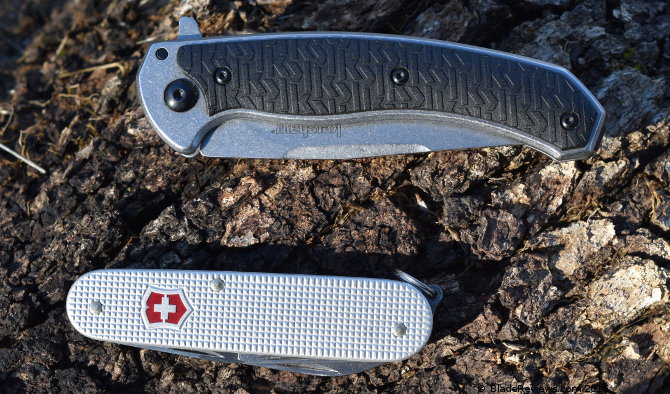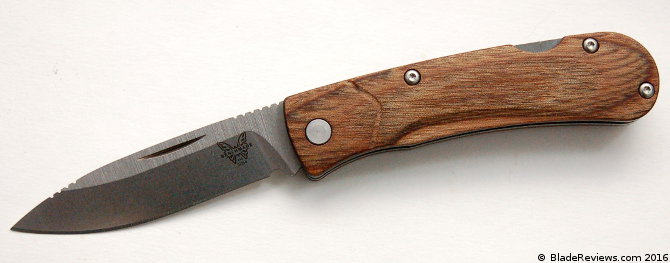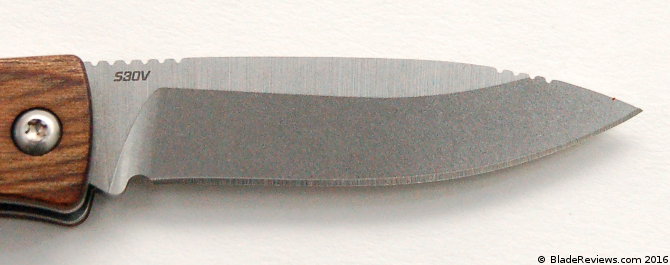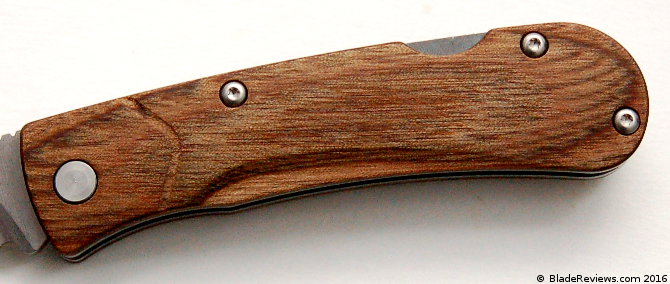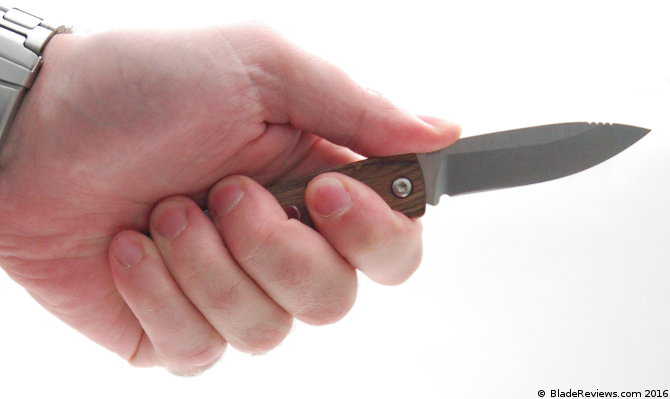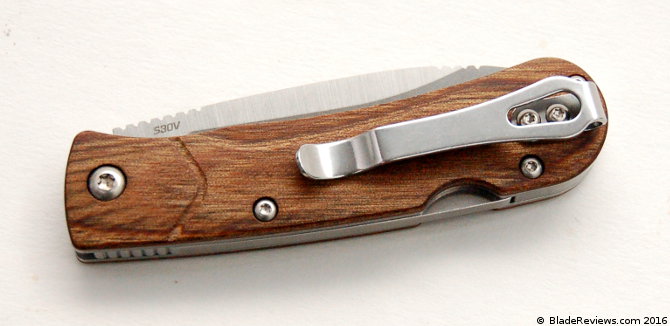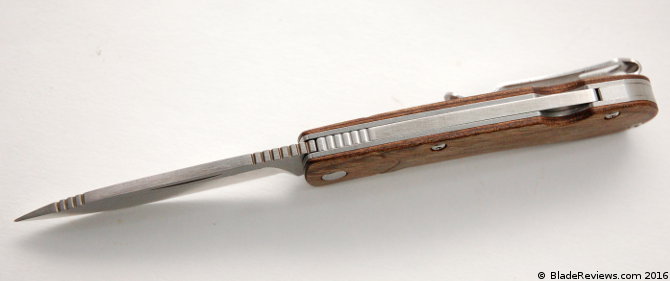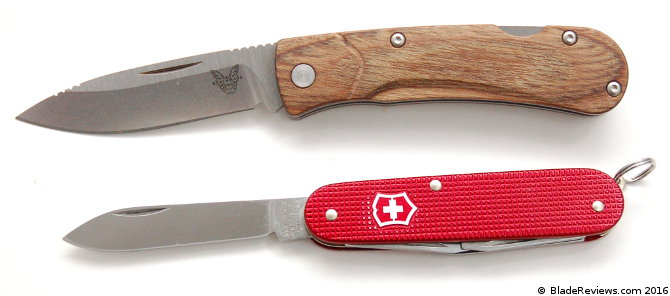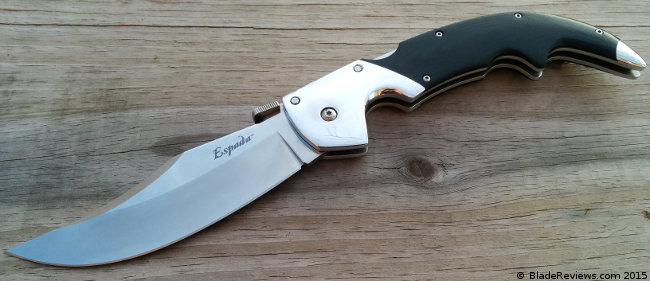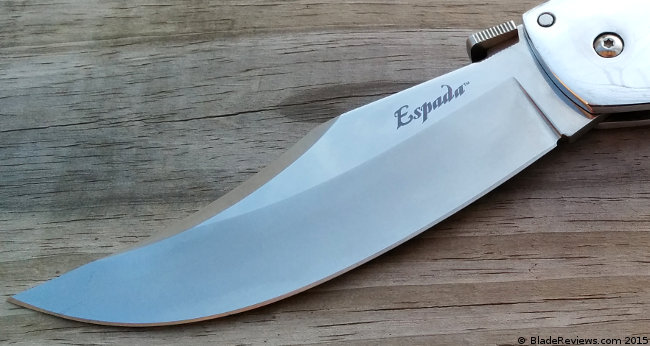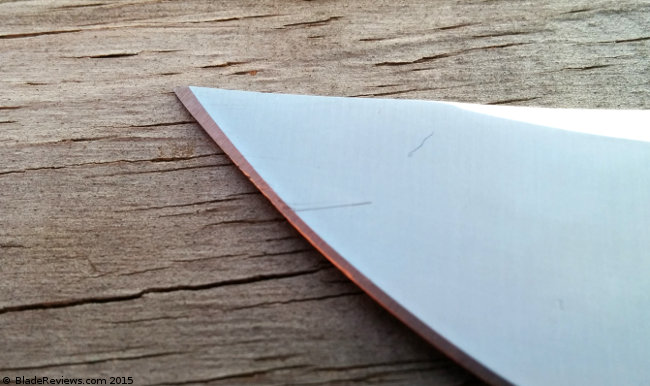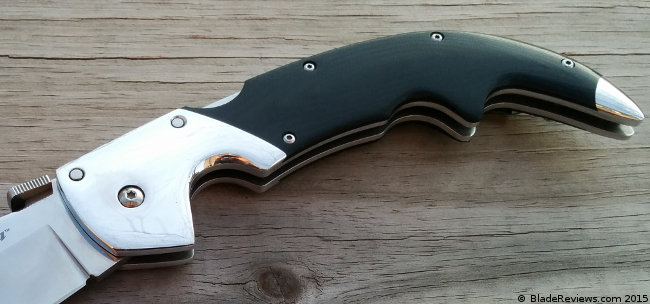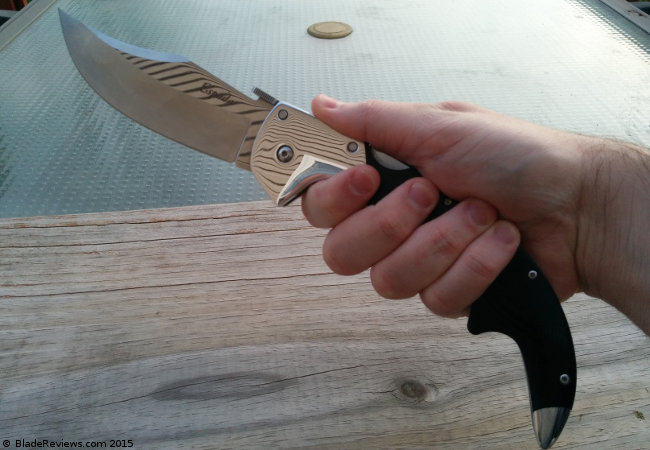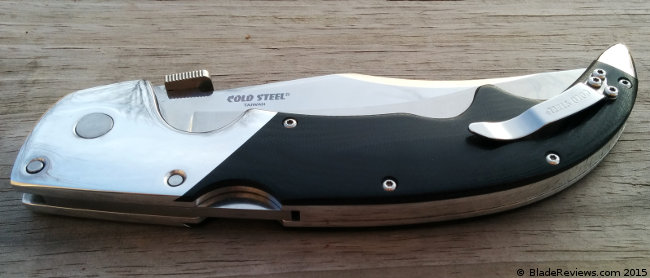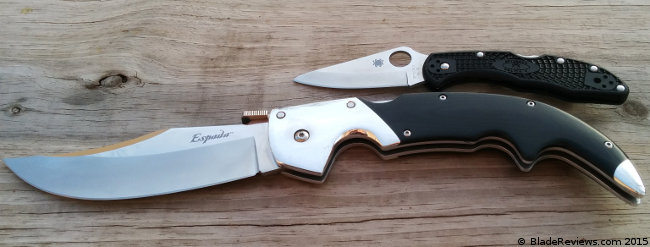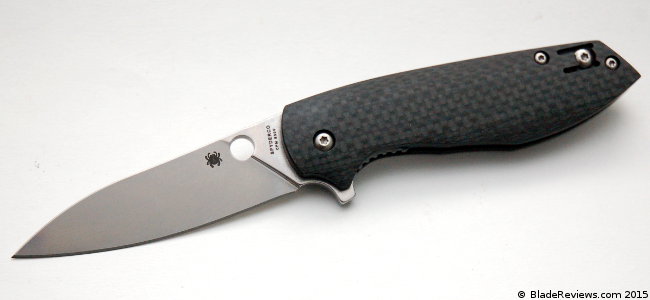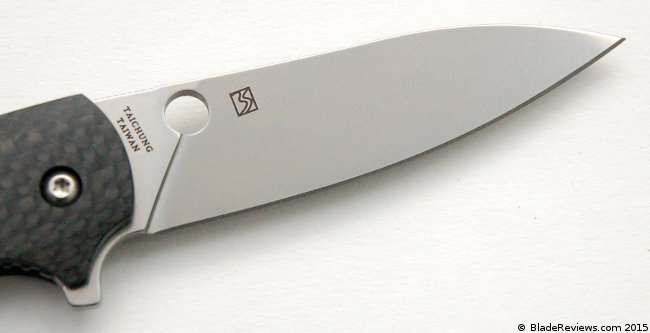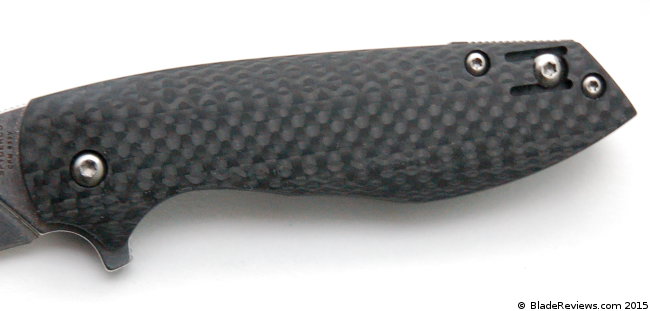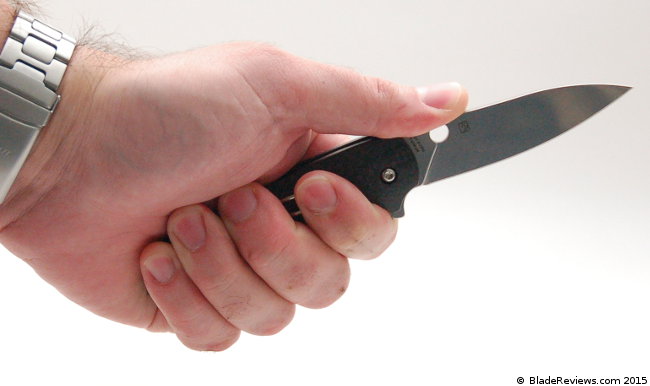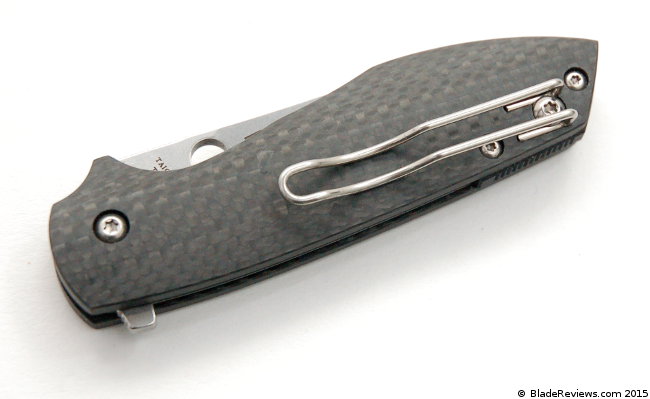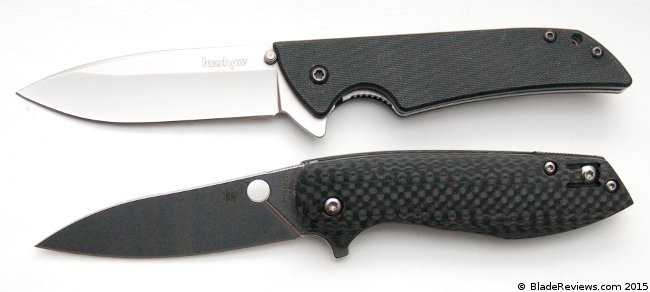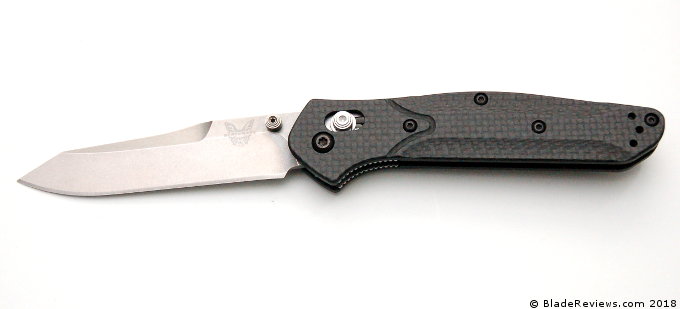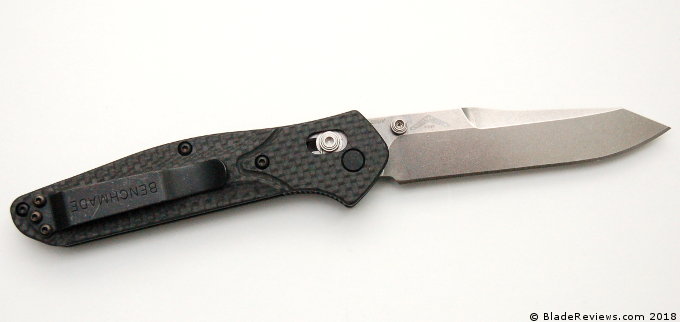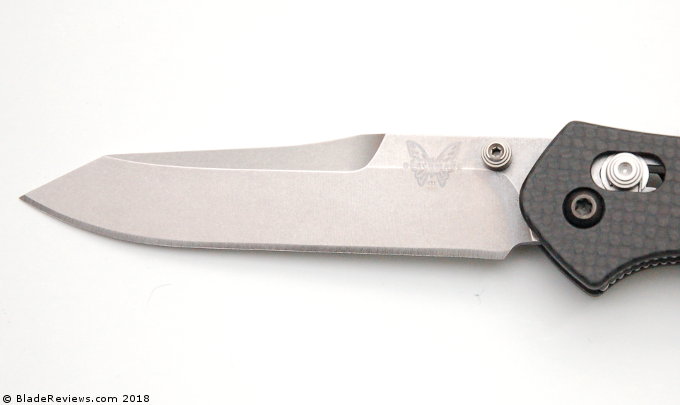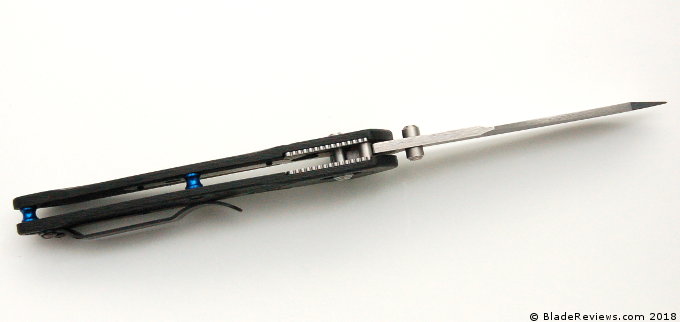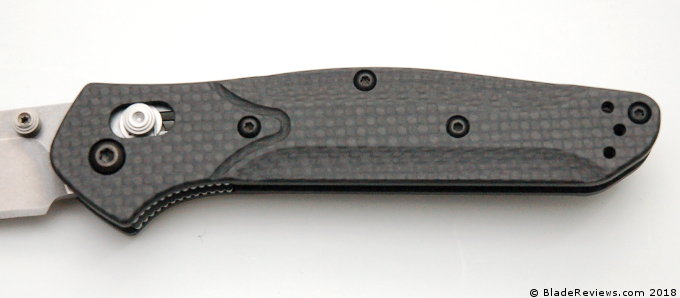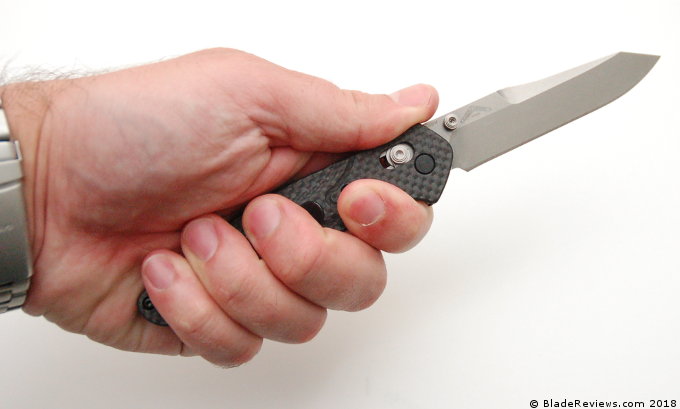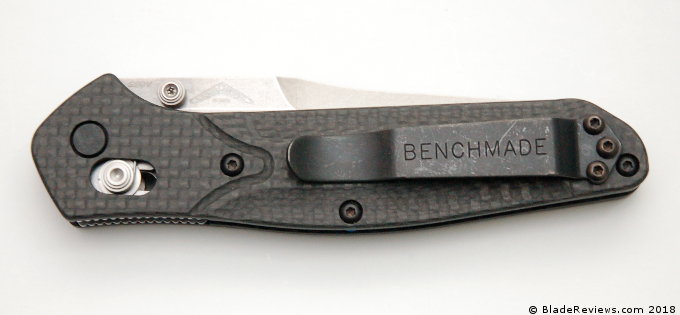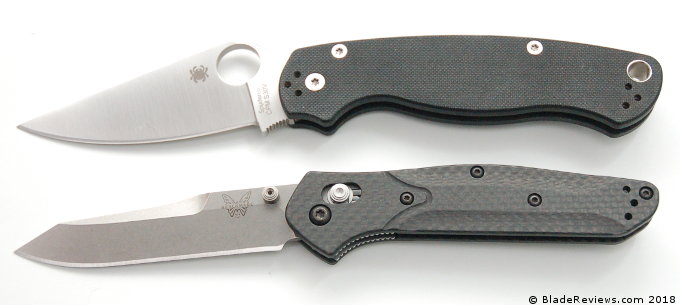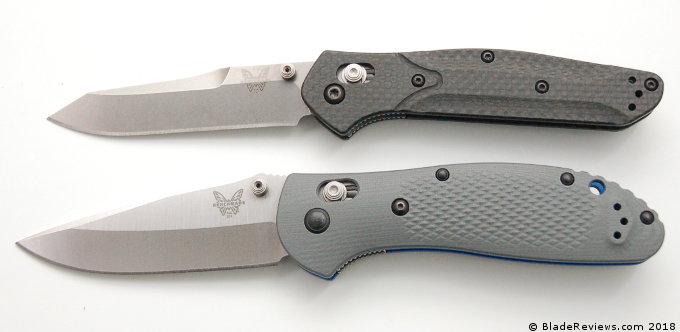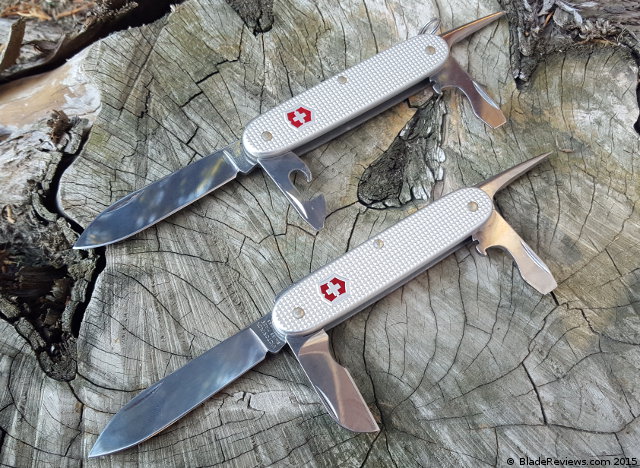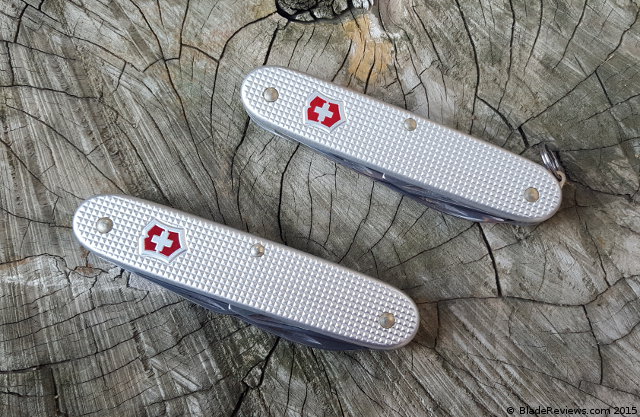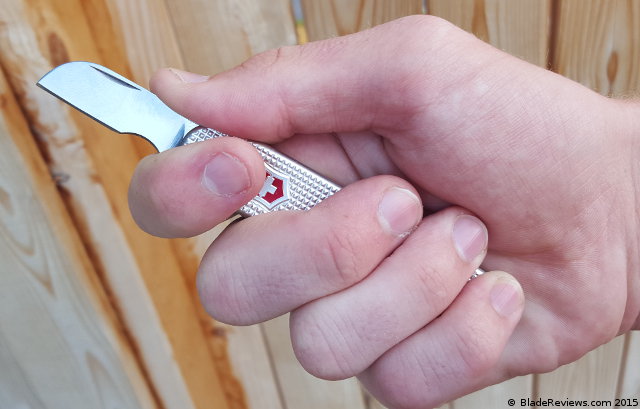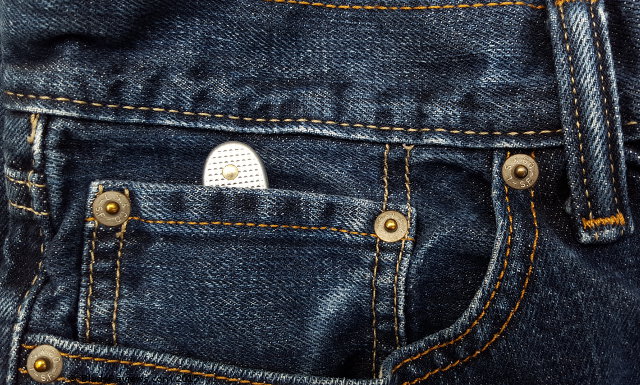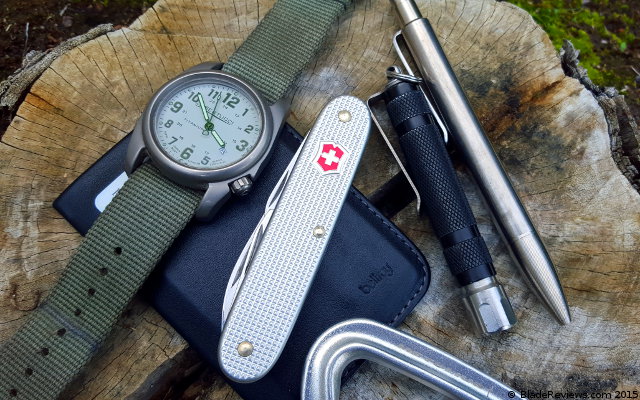I’ll be honest: budget knives are rarely on my radar. Not because I’m sitting on wads and wads of cash, but because most of the time budget knives are compromised in some way that triggers my snob reflex. There are exceptions, but those tend to stand so far above the rest of the field that it’s easy to write off the entire category. Not every budget offering is a Kershaw Skyline or an Alox Cadet, but that doesn’t mean they aren’t good knives. Oftentimes, they’re just flawed in some way that makes the knife community shrink away before taking a deeper look. One such product is the Kershaw Strobe.
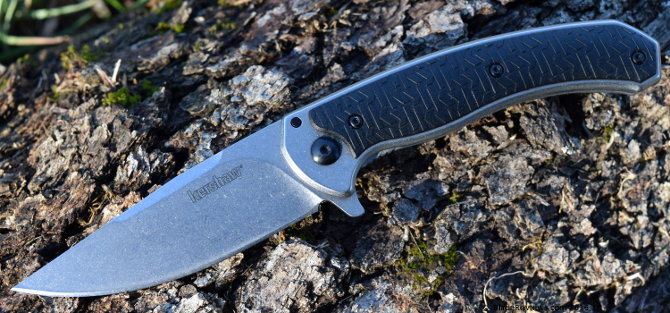
Buy the Kershaw Strobe at BladeHQ
The Strobe is a Chinese-made knife, designed by Matt Diskin and produced by Kershaw. Although Matt’s designs aren’t the trendiest, I prefer his design cues to other, more marketable names. Prior to the release of the Strobe, the only production with Matt’s name on it was another Kershaw release, the Diskin Hunter.
I’ll come out right now and say it: had Kershaw used the same materials on the Strobe that they did on the Hunter, this knife could have been the next Skyline. The combination of G10 and Sandvik 14c28n is one of the reasons I love Kershaw’s stateside offerings, and to see them miss this opportunity is disheartening. Still, the Strobe is no slouch. Apart from one obvious design flaw (hopefully one Kershaw will address in a future release), the strengths of the Strobe carry it past the lackluster materials.
General Dimensions and Blade Details
Perfectly sized for a “do-anything” work knife, the Strobe boasts a 3.3” blade, an overall length of 7.55”, weighs in at 4.37 oz, and is made in China. It’s a bit on the heavy side when compared to all stars like the Skyline, Mini-Grip, and some of the lightweight options from Spyderco, but in my two months of on-and-off carry the Strobe’s weight hasn’t been a real detriment. The blade is long enough to actually be justified, as opposed to knives with blade lengths that are just over the common limit of 3”.
The blade itself is plain, but better for it. A narrow drop point profile is complemented by a funky angular swedge that sits at the middle of the spine, and the full flat grind matches the technical aesthetics behind the knife. It’s quite impressive how wide of a blade Diskin managed to fit onto a (relatively) slim knife. There’s a nearly perfect amount of belly to the blade, and it slices nearly as well as my Paramilitary 2.
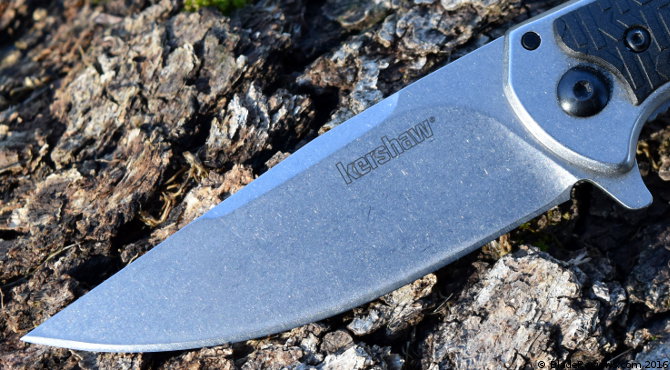
8Cr13MoV is a pretty common choice for budget Chinese knives, and in this iteration I can’t complain. Bead-blasted 8Cr is very susceptible to rust, but fortunately the Strobe comes with a nice stonewash. There’s not a whole lot to say about this steel. It sharpens easily and holds a decent edge, but needs frequent touch-ups. While I don’t have any complaints, I’m not impressed either. It’s a solid choice given the country of origin.
Handle, Ergonomics, and Carry
However, it’s harder for me to warm up to the handles. The plastic isn’t even the problem – on the contrary, I think it’s a great way for companies to produce contoured handles on budget knives. What really bugs me is the “K-Texture” pattern they used on the scales. It’s not pronounced enough to improve the grip, so all it does is turn your pocketknife into an ad for Kai. From a distance the “K-Texture” looks like a simple geometric pattern, but in your hand it’s pretty garish. To their credit, Kershaw and Zero Tolerance have been toning down the logos and branding on their products, but they clearly took a step backwards here. I can’t advocate removing the scales (some have done so) as the scales help the grip, but it’s the shape and thickness of the scales that help, not the texture.
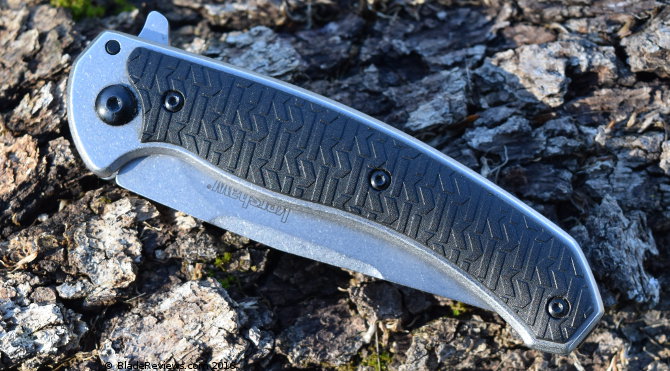
Despite the disappointing handle scales, the Strobe is great in the hand. The shape of the handle locks the user’s hand in place without generating any hotspots. Even the clip (which I thought would poke me right in the palm) fails to negatively impact the grip, but I will say that it could be problematic in someone else’s hands. There is no jimping on the Strobe, which is definitely a welcome omission. I haven’t once found myself wishing otherwise.
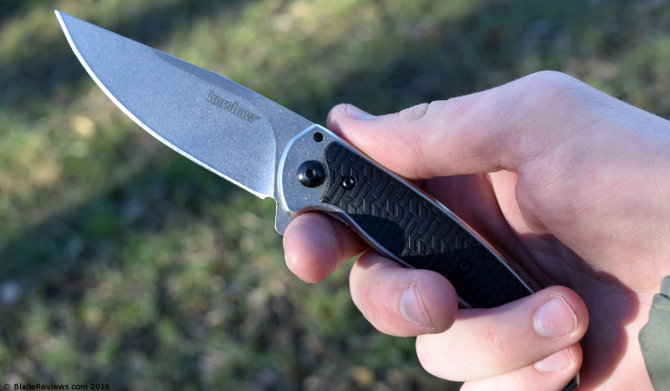
The Strobe carries fairly well. It doesn’t need to be wrestled into or out of the pocket, but the clip is a bit tight on thicker pants. My feelings on the pocket clip are pretty polarized: on the one hand, the over-the-top clip is great. On the other, it lifts up pretty significantly to allow the clip room to slide over pockets, which makes it something of a paint scraper. It also snags on my jacket far too frequently. Is it a big issue? No, but I’d be lying if I said that it didn’t rub me the wrong way.
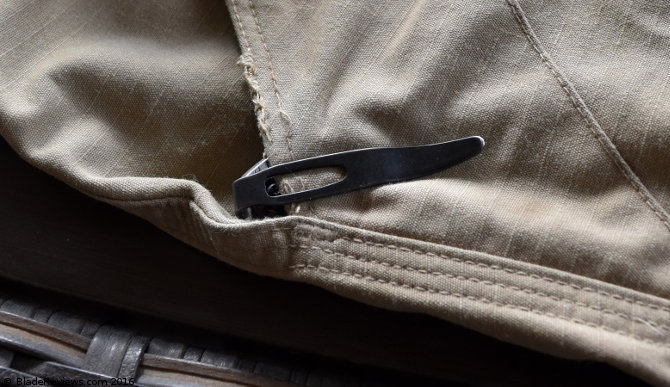
Deployment and Lock-up
Kershaw has been really dialing in their flippers across their product line, and the Strobe is no exception. The combination of a strong detent and the bearing pivot results in a flipper that fires almost every time. While the pull is a bit strong for my tastes, most of the knife community seems to prefer their flippers that way. And as much as I love the Skyline…the Strobe does deploy faster and more consistently.
Although some have billed the lock on the Strobe as a liner lock, it’s really a framelock in disguise. I haven’t noticed any blade play or lock rock, and the knife feels pretty stout. I do wish there was a larger cutout for disengaging the lock; as it stands, it’s pretty easy for your thumb to slip off the lock when attempting to close the knife. Other than that I can’t complain.
Kershaw Strobe Review – Final Thoughts
Viewed in a vacuum, the Strobe is a great value knife. It’s readily available at big box stores, costs less than $30.00, and can take a beating. I’ve got major issues with the “K-Texture” on the handle scales (I’m not alone in that either) and a minor complaint concerning the clip, but in the grand scheme of things neither are mortal sins. When you compare it to other options around this price point, I don’t think it’s quite as competitive. Personally, I still think the Skyline blows it out of the water, with better steel, G10, and less weight. But the Skyline also costs around ten dollars more. If I had to choose between the Strobe and one of the Hinderer/Onion/Emerson collaborations at the same price point, I’d go with the Strobe most of the time.
If you’re on a budget or enjoy budget knives, the Kershaw Strobe should definitely be on your radar. The lines of the design are pretty beautiful, and if it weren’t for the K-Texture it’d be a great looking blade. It’s probably out of the question for Kershaw to re-release the Strobe with better materials, but hopefully it sells well enough to merit future Diskin/Kershaw collaborations. Now if you’ll excuse me, I’m going to sand the “K’s” off of my Strobe.
- FOLDING POCKET KNIFE: Made of highest quality material, the Kershaw Strobe pocket knife is the perfect everyday carry. Experience stainless steel precision and durability.
- STAINLESS STEEL 3.3" BLADE: Made from 8Cr13MoV stainless steel, the Strobe blade has great edge retention, strength and hardness. Rugged stonewashed blade helps hide scratches and fingerprints.
- COMFORTABLE, ERGONOMIC HANDLE: Crafted from 410 stainless steel, the Strobe handle delivers a stylish look and smooth function. Offering a secure grip, the Strobe is ready for any cutting action.
- MANUAL OPENING mechanism and KVT ball-bearing system provide secure knife opening and blade access. Frame lock secures the blade for extra security and safety.
- ATTRACTIVE, INDUSTRIAL DESIGN: Grey, stonewashed blade and stainless steel handle present a stylish look. This EDC pocket knife is sure to turn heads wherever you go.
Editor: I recommend buying the Strobe at Amazon or BladeHQ. Thanks for reading.
